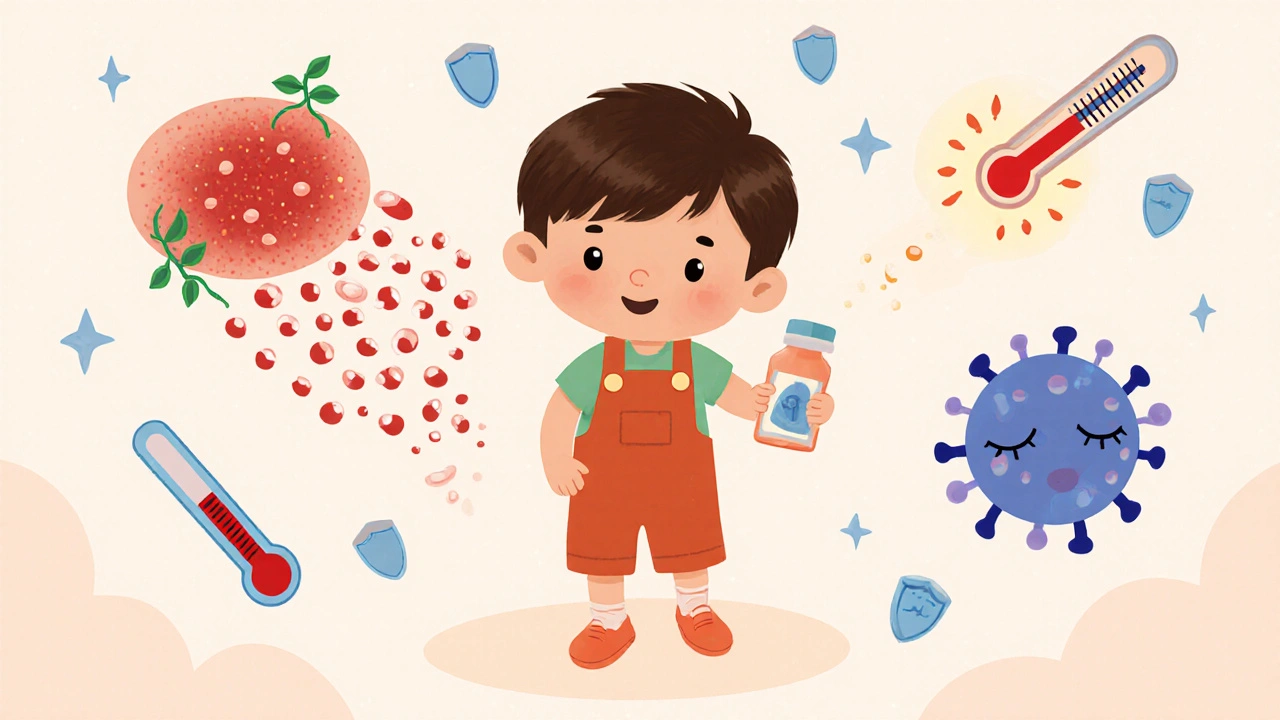DRESS Syndrome: Causes, Triggers, and What You Need to Know
When your body overreacts to a medication, it doesn’t always mean a simple rash or upset stomach. DRESS syndrome, a severe, delayed hypersensitivity reaction to certain drugs that can affect the skin, liver, kidneys, and other organs. Also known as drug reaction with eosinophilia and systemic symptoms, it’s rare but dangerous—sometimes life-threatening. Unlike typical side effects, DRESS doesn’t show up right away. It usually takes 2 to 8 weeks after starting a new drug before symptoms appear, which is why many doctors miss it at first.
DRESS syndrome isn’t caused by one single drug. It’s linked to a handful of common medications: anticonvulsants, like carbamazepine, phenytoin, and lamotrigine, are top culprits. Antibiotics, especially sulfonamides and minocycline, also trigger it. Even allopurinol, used for gout, can cause this reaction. The key isn’t just the drug—it’s your body’s unique immune response. Some people have genetic markers that make them far more likely to develop DRESS, especially certain HLA types.
What does DRESS look like? It starts with a fever and a widespread rash, often mistaken for a viral infection. Then come swollen lymph nodes, liver damage (elevated enzymes), kidney problems, and a spike in eosinophils—white blood cells that signal allergic reactions. In severe cases, the heart, lungs, or pancreas get involved. The scary part? Symptoms can get worse even after you stop the drug. That’s why stopping the medication alone isn’t always enough. You need close monitoring and sometimes steroids to calm the immune system.
There’s no quick test for DRESS. Doctors diagnose it by ruling out infections, matching symptoms to known drug triggers, and checking lab results. The RegiSCAR criteria are used in clinics to confirm it. If you’ve recently started a new medication and feel unwell with a rash and fever, don’t wait. Tell your doctor about every pill you’ve taken—even herbal supplements. Many cases are missed because the connection between drug and reaction isn’t obvious.
Recovery takes time. Most people improve over weeks to months, but some face long-term organ damage. The risk of relapse is low if you avoid the triggering drug and similar ones in the future. That’s why keeping a detailed medication list matters—not just for you, but for every doctor you see. If you’ve had DRESS once, you’re at higher risk if exposed again.
Below, you’ll find real-world guides on drug reactions, how medications trigger unexpected side effects, and how to spot the warning signs before it’s too late. These posts don’t just list drugs—they explain how your body responds, what to watch for, and how to protect yourself.
Delayed Drug Reactions: What Happens Days to Weeks After Taking a Medication
Delayed drug reactions can appear days or weeks after taking a medication and may be life-threatening. Learn the signs, causes, and what to do if you suspect one-including rare but dangerous conditions like DRESS and Stevens-Johnson Syndrome.
View More
